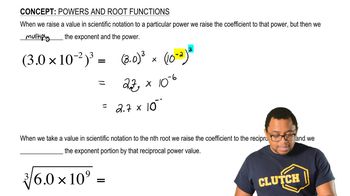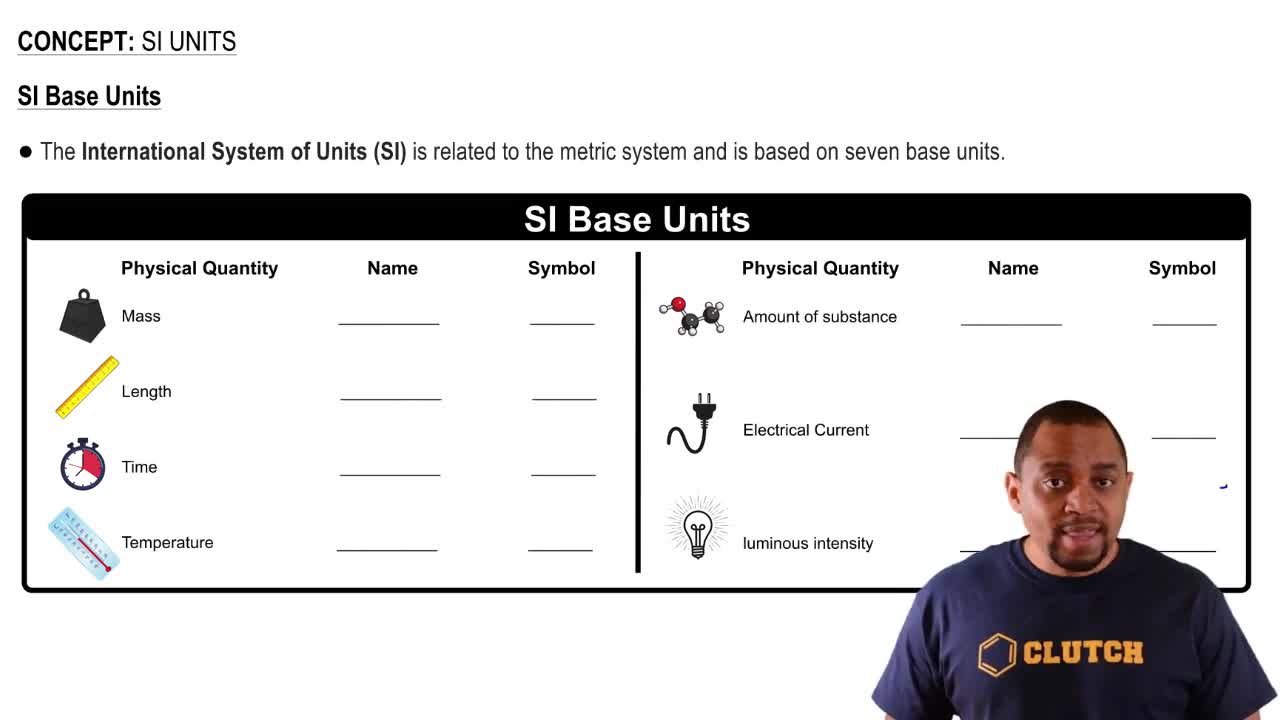Here are the essential concepts you must grasp in order to answer the question correctly.
Energy Conversion
Energy can be expressed in different units, such as calories and joules. To convert calories to joules, the conversion factor is 1 calorie = 4.184 joules. In this question, understanding how to convert the energy content of the soda from calories to kilojoules (1 kilojoule = 1000 joules) is essential for solving part (a).
Recommended video:
Power and Energy Relationship
Power is defined as the rate at which energy is used or transferred, measured in watts (W), where 1 watt equals 1 joule per second (J/s). To determine how long the energy from the soda can power a light bulb, one must relate the total energy available (in joules) to the power consumption of the bulb. This relationship is crucial for solving part (b) of the question.
Recommended video:
Power and Root Functions Example
Unit Consistency
When performing calculations involving different units, it is vital to ensure that all units are consistent. In this problem, energy must be expressed in joules to match the power of the light bulb in watts. Maintaining unit consistency throughout the calculations will prevent errors and ensure accurate results.
Recommended video:




